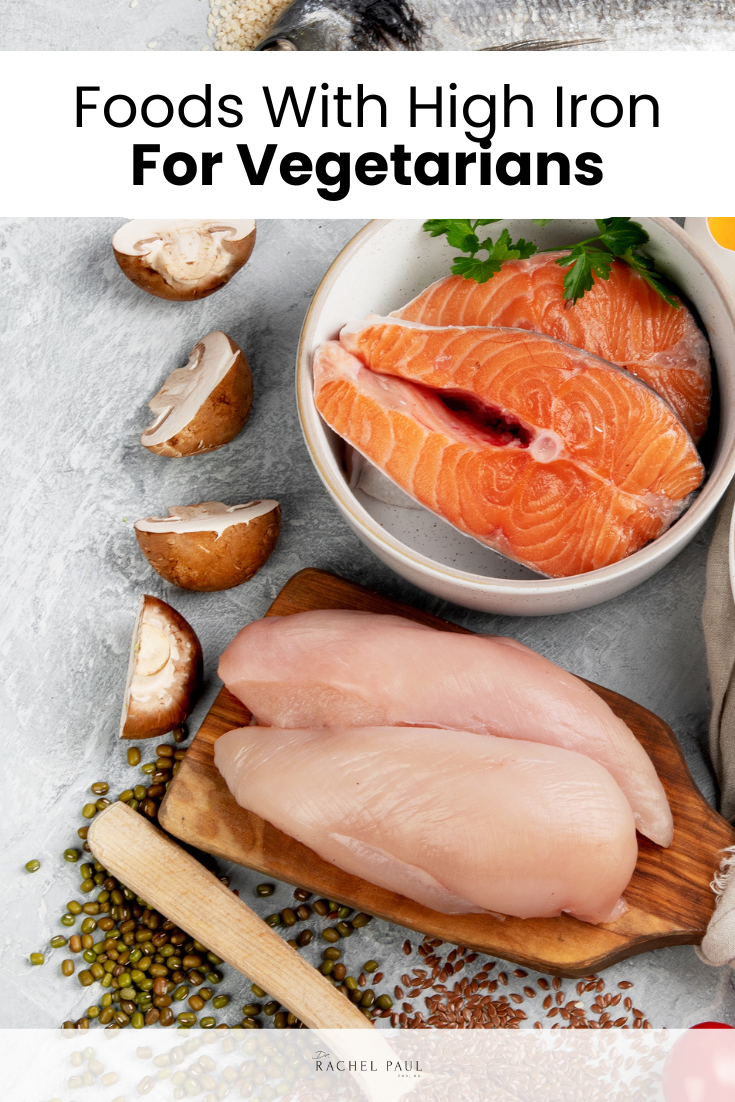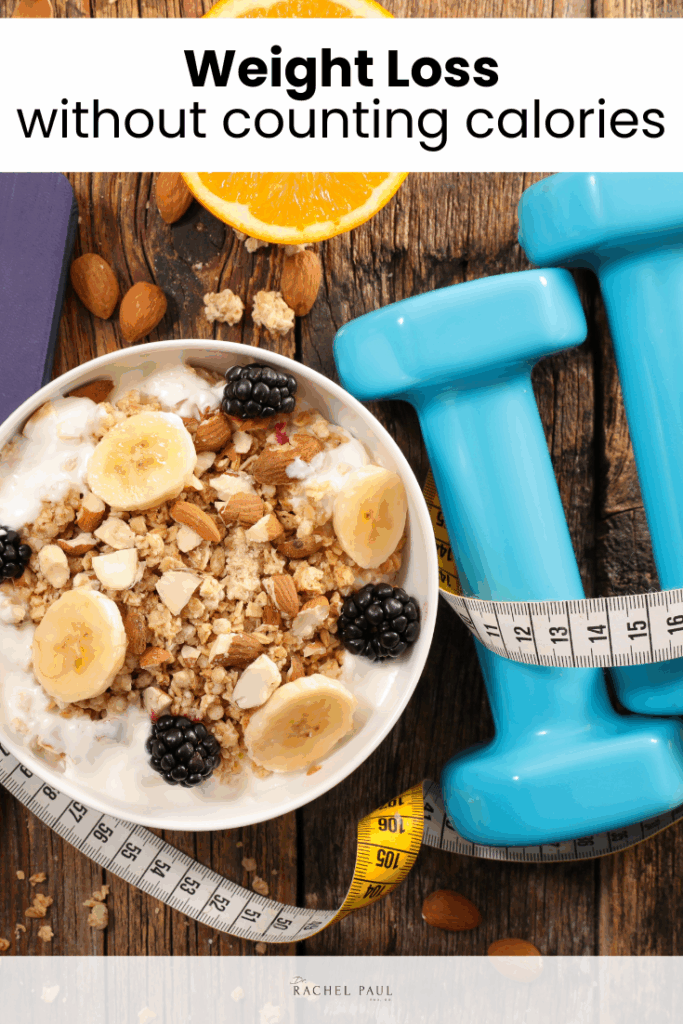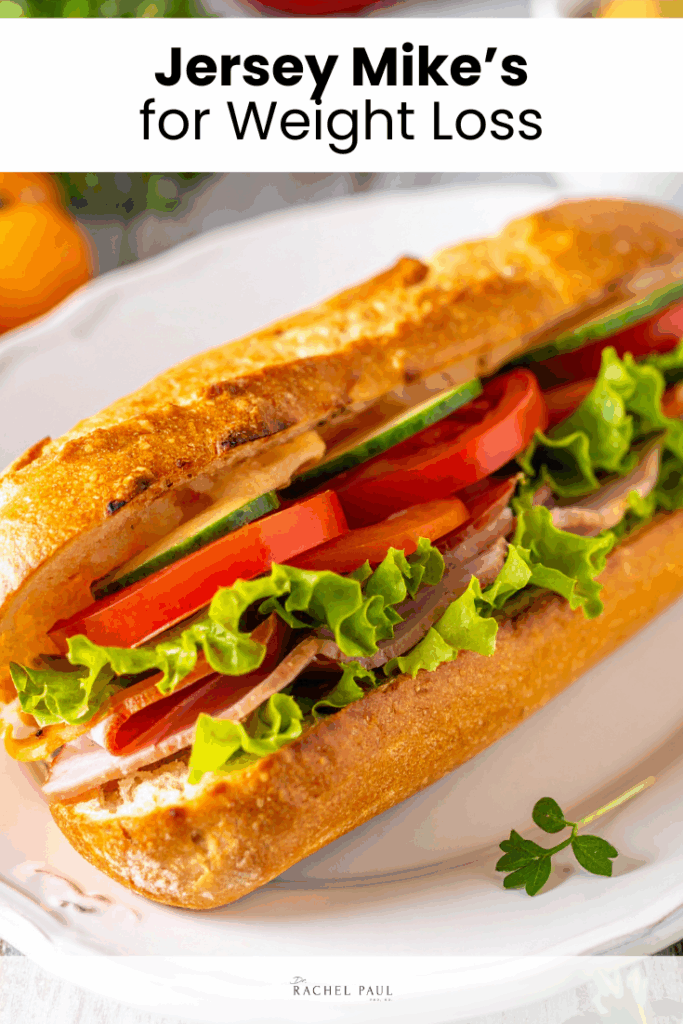Ask anyone on a vegetarian diet and they’ll tell you, it’s still possible to get those important macronutrients and micros without the consumption of animal products. While being a vegetarian comes with several health benefits, eliminating certain food groups from your diet can mean missing out on some important nutrients—if you’re not intentional. While it is much easier to get protein and iron from animal sources, it’s still not impossible to get a similar form of iron from plants, especially if you know what to look for.
Today, I’ll be sharing a round up of iron-rich foods that vegetarians should consider adding to their diet to increase their iron intake.
10 Foods With High Iron For Vegetarians
While eating vegetarian foods can be beneficial, the last thing you’ll want to have as a result of becoming a vegetarian is develop an iron deficiency. I’ll explain more later about what an iron deficiency is and how common it is amongst vegetarians along with other things you’ll need to consider if you are living a vegetarian lifestyle.
Is Iron Deficiency Common In Vegetarians
So, as you know, what we eat matters a lot. The type of food items we consume or fail to consume impacts the amount of nutrients our bodies get, which can ultimately affect how our bodies and systems function.
With that being said, vegetarians, especially women, are at higher risk of iron deficiency compared to meat-eaters. While being a vegetarian doesn’t automatically make one prone to having an iron deficiency, vegetarian diets in general often contain less heme iron—the iron found through animal sources that is more easily absorbed than non-heme iron, which is found in plant based foods and has a lower iron absorption.
It’s estimated that nearly 70% of vegans and vegetarians were found to be iron deficient. However, this doesn’t have to be the case for you. A well-planned out vegetarian diet that includes iron-rich foods and foods with a higher iron absorption can help you sufficiently meet your daily iron requirements.
How Can Vegetarians Get Iron
While there are plenty of iron supplements for vegetarians, eating plant based foods is a much safer and more sustainable way to increase your iron as a vegetarian. Below is a list of ways vegetarians can increase their iron intake.
Consume more Vitamin C
Foods high in vitamin C can help our bodies more readily absorb iron. Citrus fruits, tomatoes, and strawberries are all great sources of vitamin C that you can pair with your iron-rich foods.
Use a Cast Iron Skillet
Did you know? By cooking with a cast iron skillet, iron and other essential mineral are absorbed in the food.
Avoid Excessive Calcium
High amounts of calcium have also been shown to affect the absorption of iron. So if you’re taking calcium supplements or eating some of the best vegetarian sources of calcium, it’s better to do so separately from your iron-rich foods.
Space Out When You Drink Tea and Coffee
The tannins found in tea and coffee have been found to actually reduce the amount of iron that’s absorbed in foods. For this reason, it’s best to not drink tea or coffee at the same time you’re eating your iron-rich foods.
What Foods Have Iron For Vegetarians
If you want to know which foods are good sources of iron, below is a list of food items you’ll want to incorporate into your diets that are all rich in iron.
Foods rich in iron boost red blood cells. Post-menopausal women can benefit from incorporating iron-rich foods into their diet as well in order to maintain healthy blood iron levels.
White Beans
White beans contain about 7 mg of iron per 1 cup.
The best way to prepare white beans in order to retain its maximum iron content is to soak them prior to cooking in order to remove any compounds that may inhibit the iron absorption.
You’ll also want to be sure to cook your beans in a pot rather than pressure cooking them in order to minimize the nutrient loss.
Tofu and Tempeh
Soy based food sources like tofu and tempeh are also great sources of iron. There is 3.4 mg of iron per 100 grams in tofu and 3.6 mg of iron per 100 grams of tempeh.
The best way to prepare tofu to retain and enhance iron absorption is to pick tofu that is extra firm with less water content. This allows you to fry it or bake it, which can help retain its iron content.
Fortified cereals
Fortified cereals are a super easy method for incorporating more iron-rich foods into a vegetarian diet. The amount of iron found in fortified cereals is impressive. Special K contains 10.9 mg of iron per serving, Total contains 18 mg per serving, and Frosted Mini Wheats contains 10 mg per serving.
To help increase the iron absorption, drink a cup of orange juice with your cereal since vitamin C will help enhance the absorption of non-heme iron.
Spinach
Spinach contains 6 mg of iron per 1 cup, cooked. The amount of iron found in a small portion of spinach is impressive.
To enhance the iron absorption in green leafy vegetables like spinach, pair it with vitamin C foods and lightly steam or saute it.
Dried Fruits (Apricot)
Apricots contain a whopping 8 mg of iron per 1 cup. To help dried apricots become more easily absorbed in the body, you can try soaking your dried apricots in water to make their nutrients, including iron, more bioavailable.
Quinoa
Eating quinoa can offer you 3 mg of iron per 1 cup, cooked. To help increase the iron content in quinoa, you can soak it, rinse it, or sprout your quinoa before cooking it. This can reduce the levels of these antinutrients, and thus improve the bioavailability of iron.
Blackstrap Molasses
Blackstrap molasses is another excellent source of iron for vegetarians. Blackstrap molasses contains 3.5 mg of iron per 1 tablespoon.
In order to increase its iron absorption in the body, you can pair it with vitamin C. One way to do this is to drink it with hot water and lemon or add it to a vitamin C dense smoothie that contains citrus fruits or strawberries.
Baking Chocolate (unsweetened)
When it comes to baking chocolate, it contains 5 mg of iron per 1 oz. To get the most iron from baking chocolate, choose baking chocolate with 70% or higher cocoa content to benefit from its natural iron content.
White Button Mushrooms
White button mushrooms are another excellent source of iron for vegetarians with 3 mg of iron per 1 cup, cooked.
Believe it or not, boiling and frying mushrooms can contribute to a significant loss of nutrients. Instead, prioritize grilling or microwaving them, which have been shown to better preserve the nutritional value of mushrooms.
Squash and Pumpkin Seeds
Squash and pumpkin seeds contain about 3 mg of iron per 1 oz.
Soaking and sprouting your squash and pumpkin seeds before consumption is one of the best ways to help reduce phytic acid, a compound that’s been shown to hinder mineral (like iron) absorption.
How To Increase Iron Absorption From Food For Vegetarians
So in a nutshell, there are a number of things you can do to help increase iron absorption as a vegetarian. As a reminder, you’ll want to:
Pair Your Iron-Rich Foods with Vitamin C
Citrus fruits, tomatoes, strawberries, etc.
Minimize or Space Out When You Consume Absorption Inhibitors
Like calcium and tannins (found in tea and coffee).
Use Iron Cookware
Cast iron skillets for the win!
If you found this article helpful and you’re interested in learning more about iron levels and iron-rich foods, see also this list of foods to increase hemoglobin.


